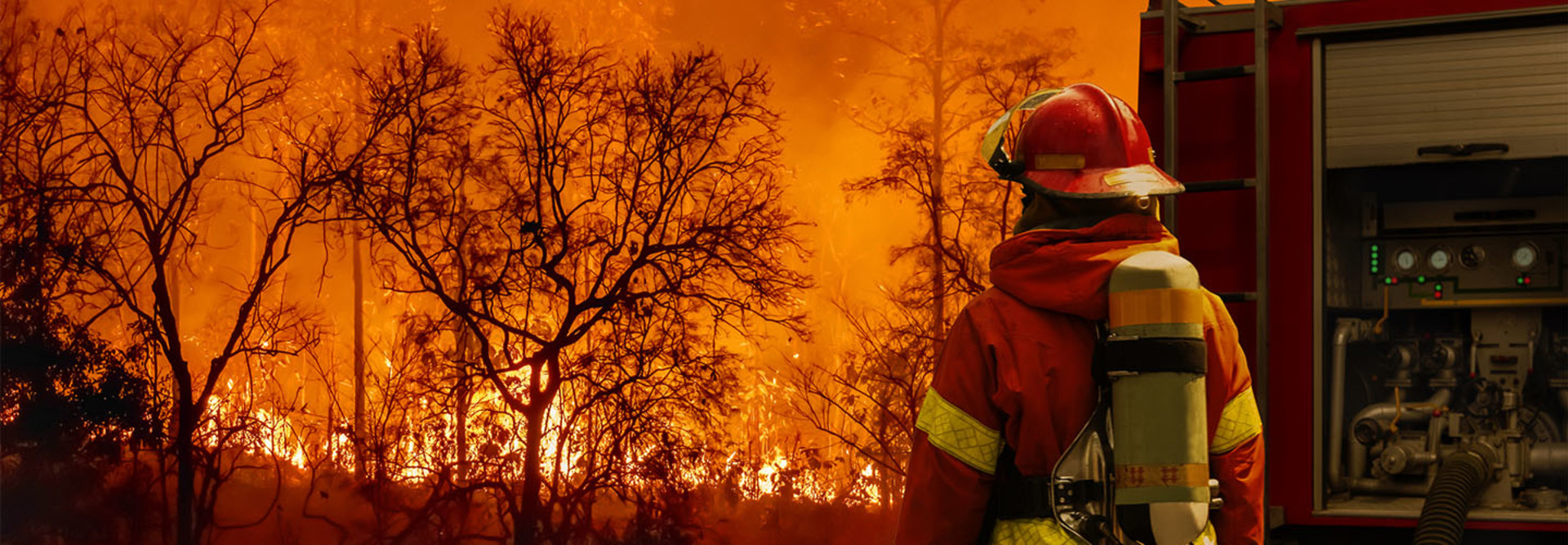Artificial intelligence-based technologies, including simulators, weather prediction models and autonomous systems feature heavily in the report, and they provide the key to unlocking safer and more efficient defenses against the exponential rise in wildfires.
PCAST contends that critical technological and organizational aspects of wildfire response are stuck in the past century, but the report also outlines how AI-based predicting and tracking can handle the wildfire activity overwhelming fire departments across the country. In fact, the report refers to this kind of real time wildfire progression tracking as the “Holy Grail of firefighter safety.”
DISCOVER: The current landscape for AI in state and local government.
Drones Provide Eyes in the Sky for Firefighters
In its list of recommendations, PCAST highlights the need to develop autonomous detection, assessment and containment systems for wildland fires. It also urges federal agencies to engage with the private sector, which could help accelerate the impact of emerging technologies.
Drones and other autonomous systems will increase the efficacy of the nation’s overall wildfire response and provide a new way to protect firefighters on the ground while they tackle active fires.
The U.S. Forest Service is already working toward using this technology, including two new types of drones. One can fly over vast forest land to spot fires, and the other can then come in and set controlled fires to deprive the larger fire of the vegetation that fuels it.












